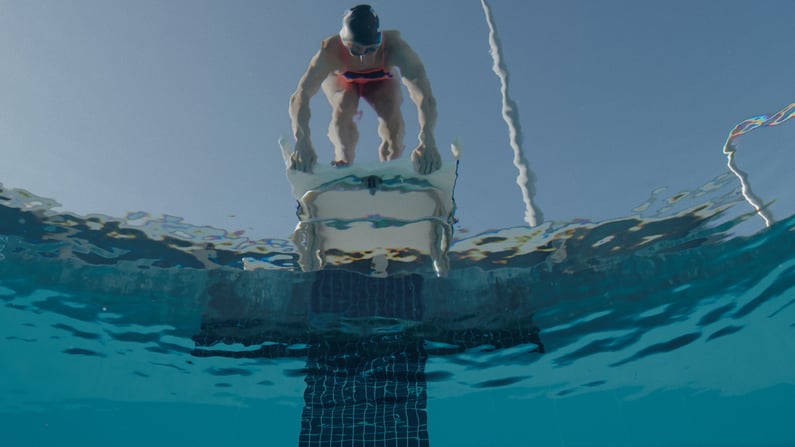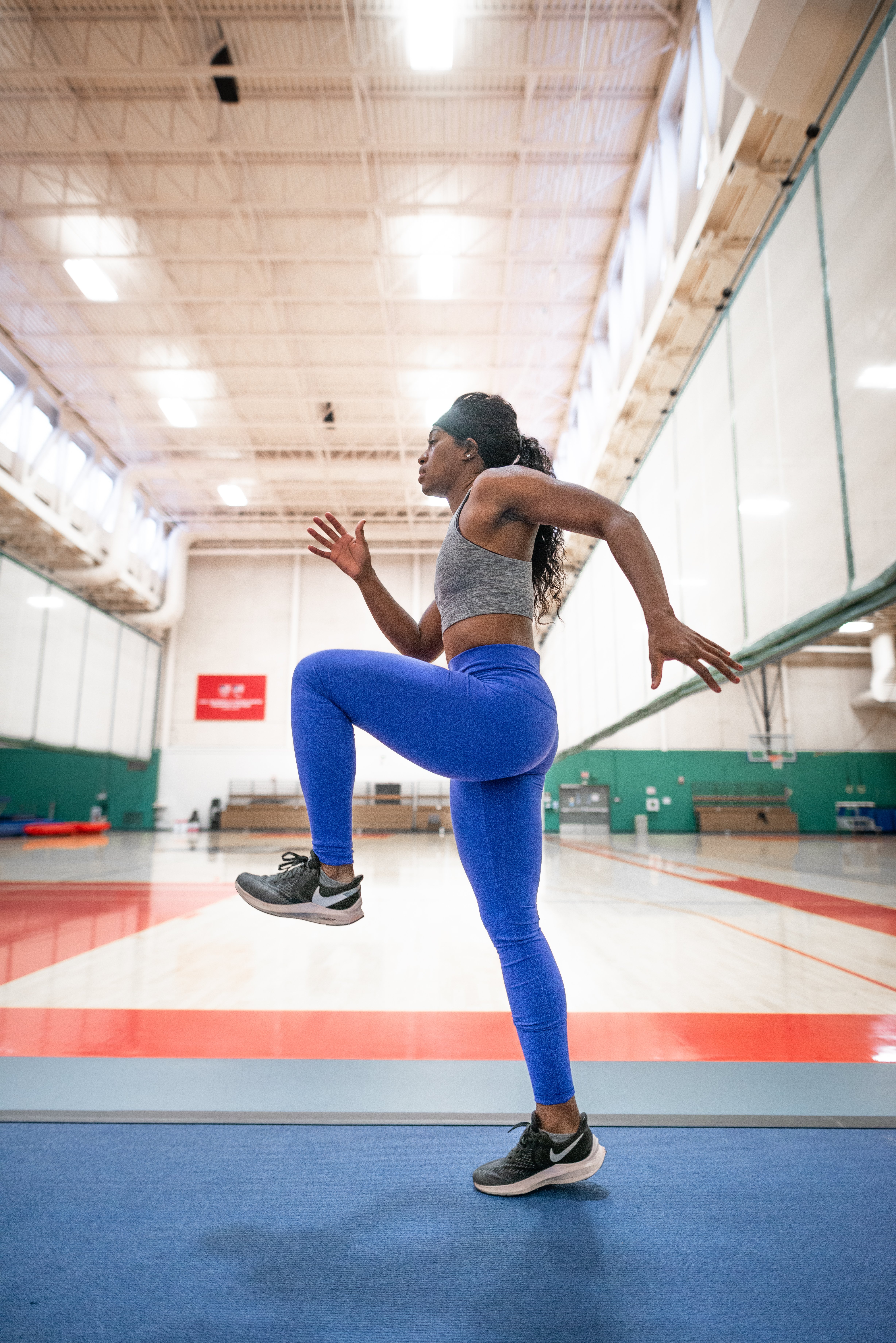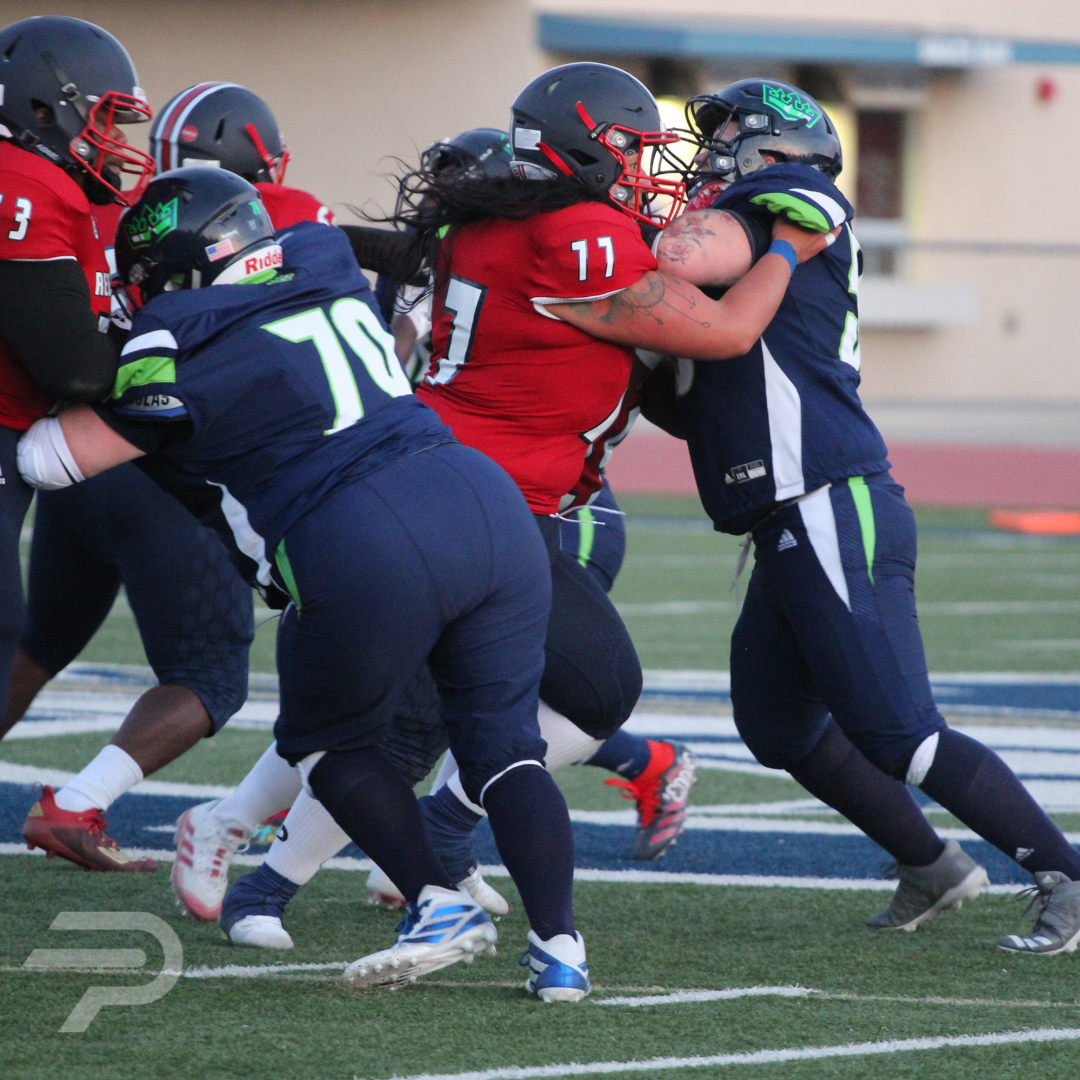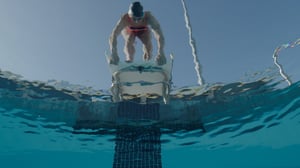
Source: Parity
We have the gig economy and the influencer economy, but what about the athlete economy? Often our understanding of athletes and money is limited to the big figure deals we see in elite men’s sports. We see scores of zeros and flashy sports cars and often don’t really question where that money is coming from, and who the real winners in the partnerships are. Once athletes are at the tippy top, it’s easy to understand how sponsorship and appearance deals get done and dusted. But what about on the way up? Who is paying athletes? How are athletes making and spending money, and how can understanding this economy help you be a better fan, investor, partner or stakeholder?
As fans of the game, we assume that athletes make a living through sponsorships. But with less than 1% of sports sponsorships benefitting female athletes, the female athlete economy is incredibly nuanced.
First, it’s crucial to understand the income flow for athletes. What’s coming in and what’s going out? The biggest expenses vary widely by sport, but there are some universal expenses that hit all athletes hard.
An apple a day…
Unless athletes belong to a team or program that provides health care, we usually have to pay the monthly premium out of pocket. Buying healthcare independently is a huge expense, and often the types of care that athletes need aren’t covered by traditional insurance.
For instance, I’ve had lingering nerve damage and pain since a back surgery 6 years ago. I needed many MRIs and appointments with bike fitters and physical therapists to minimize damage and optimize performance. Insurance doesn’t cover “peak performance” and I paid for every scan out of pocket – over $1000 per trip.
Physical therapy can set you back $150-300 an hour, which is also what I’ve paid per hour for sports psychology. None of these services are “optional” if you want to compete at the highest level, and I have plenty of friends in debt because they are doing “whatever it takes” to reach that peak.
Another important consideration is that healthcare is usually treated as a performance “perk” by teams and training centers that’s reserved only for top athletes. Many national teams only provide healthcare to their athletes currently performing in the top percentile of national team athletes. For instance, USA Cycling provides health care for their “gold” level athletes, but not silver or bronze tier athletes on their national team roster. Because national team status can change every few months, a bad performance could mean losing or gaining healthcare, making it burdensome to actually access consistent care, and extremely difficult to budget for health related expenses.
Does she even go here?
Similar to healthcare, access to high level training facilities is something that’s usually free only to athletes that live on complex, or train regularly with a team. WNBA star Skylar Diggins Smith recently said in an interview that she paid for her own gym access while coming back from giving birth. I spend time at the United States Olympic and Paralympic Training Center, and while I’m there I’m allowed to use the gym free of charge. However, when I get home I have to pay for access to a weight room just like everyone else. If I want a strength coach to write a lifting program for me, better believe I’m footing that bill as well.
For many athletes, a gym membership is at the lowest end of facilities’ costs. For some athletes, facility access means access to a pool, a soccer field, a track, a ski mountain or a lake with a motor boat. You might need to pay someone to drive the boat, or a medic to be on call or someone to open a facility early for you.

Source: Parity
These costs aren’t optional: without them training is impossible.
Pay to Play
The exact price point for equipment is hugely sport dependent, but everyone from golfers to ballerinas spends a huge chunk of their money on equipment. One of my friends spent more than $20,000 on equipment last year. After proper training and nutrition, having the most up to date equipment is what’s going to give you the biggest edge over your competitors. Some athletes are sponsored by equipment brands (think runners), but in the vast majority of sports you are responsible for purchasing and maintaining your own equipment.
Even if you have equipment paid for by a team or sponsor, it is usually performance dependent, and only yours for as long as you are training with the team. If you fail to meet a standard, the equipment could be forfeited.

Source: Parity
There are many more expenses that are part of the gig as an athlete.
Travel, lodging, race and competition registration, paying for professional photography and videography to name just a few more. Hundreds of dollars per month in protein powders and supplements, paying for high quality groceries at home and on the road.
In a study done by Parity, we found that female athletes pay thousands of dollars each month to simply participate. How are athletes earning money to pay for all of these expenses?
The short answer is we don’t! Well, most of us anyway.
Most female athletes work another job (or two or three) on the side, lucky to work with and for companies that are willing to be flexible and support our “real” job.
But aside from working another job, what are some of the ways that the athlete economy pours into athletes’ bank accounts?
Keeping it In the Family
A huge amount of athletes depend on family connections to sponsor their athletic endeavors. It’s not exactly a secret that sports take a lot of money, and the athletes that succeed tend to come from backgrounds of privilege.
A study done across the 2014 winter Olympic Games and 2016 Summer Games showed that over 30% of athletes were educated privately, and 95% of winter athletes, and 90% of summer athletes, were white. For a competition that supposedly represents the entire global population, the numbers don’t quite add up.
Athletes whose families are able to support them financially are more likely to reach the top because they don’t have to work an additional job to support their athletic dreams.
Get a sponsor, girl!
Sponsorship is one of the most well known and visible forms of athlete payment. In most sponsorship agreements, athletes participate in a form of visibility for a brand, and receive something in return. In the current athlete economy, the most common form of work for sponsors is social media exposure. (Others can include speaking engagements or appearances, written work or displaying sponsors’ logos on race day gear or equipment.) Sponsors pay athletes, or give them product, in exchange for space on their social media feeds. The bigger the social media following and engagement an athlete has, the more valuable space on their platform becomes.
Brands interested in working with athletes should consider: what audience am I hoping to reach in a partnership with this athlete? Do they actually have an engaged following or simply empty numbers? Do their values (as portrayed on social media) align with your values as a brand? Building out an authentic voice for your brand, and aligning with athletes who share that voice will be more engaging than simply asking the athlete with the largest following you can afford to post about your product or service.
.png?width=795&height=532&name=Action%20shot%20(1).png)
Source: Parity
The most common form of payment for athletes in these exchanges isn’t money, it’s product. Therefore, as a brand, interrogate what you are offering an athlete: does it actually help to support them financially? Is your offer helping offset a proven cost of the athlete spending economy? Athletes are often so strapped for funds that they will jump at an opportunity. Appropriately valuing an athletes’ time and commitment will help you gain credibility within the community and strengthen your current and future partnerships.
You can’t spell team without money
Once athletes get named to a team, whether it’s a professional soccer team or Team USA, there is usually a stipend or salary attached. A regular stream of money is a huge difference maker in the ability of athletes to make rent, pay for groceries and other basic living expenses. Many other forms of payment athletes receive can be inconsistent or performance based. Having a dependable stipend allows us to plan ahead with money, However, the amount varies drastically from sport to sport.

Source: Parity
In the United States, essentially only professional basketball players and soccer players make a living wage from a sports salary. In many other countries, sports are subsidized by the government. Paralympic and Olympic sports are provided with government funding, and the ability to support athletes.
In the United States all of our sports are privately funded, so many sports governing bodies don’t have money to give. For instance, USA Shooting pays their national team athletes as little as $150 per month.
And the winner is…
As athletes, we get paid to win. Most big competitions will have prize money attached to podium finishes, some giving out cash for a top 10 result. Going to a big competition and winning big can mean a big pay day. However, this is one of the examples of earnings that are unpredictable and inconsistent. Prize winnings are only on offer during competition season, and depending on the sport, they are available for a limited time only.

Source: © Eric Bolte-USA TODAY Sports
Additionally, the structure of collegiate sports in the United States makes it impossible for high school or college students to accept prize money. In order to preserve their amateur status, and be able to play in college, young female stars to miss out on prize money during their prime earning years. However, for older, successful athletes, a good run of results can be enough to finance a season. One year I made enough in prize money to pay for my cycling expenses. I wasn’t making enough to pay for anything else, but I also wasn’t losing money paying for cycling.
But the real answer to: how do athletes make enough money to cover their expenses is… they don’t!
Female athletes power the women’s sports space by paying more than they make to play the sports they love. The athletes themselves are the movers and shakers of the athlete economy, and brands need to pay attention.
In such a limited earning window, it is crucial that female athletes start to have more options for income streams, and support on financial literacy and planning. Female athletes are here to stay, and they will do pretty much anything to make their lives as athletes viable. It’s up to us to make their dreams reality.




